The Duke of Edinburgh’s Hillary Award is a global non-formal education framework
Who We Are
The Duke of Edinburgh’s Hillary Award is a global non-formal education framework, with more than 60 years of experience challenging young people to dream big and discover their potential.

Te Tiriti
The Duke of Edinburgh’s Hillary Award is committed to upholding the mana of Te Tiriti o Waitangi. The Award is at the first milestone in our journey towards building a Te Tiriti-led organisation and bicultural future, with the introduction of the recently launched He Aratūtahi pathway.
Created in partnership with the National Māori Authority, He Aratūtahi enables Award participants to choose Award activities with a Te Ao Māori focus; enabling the exploration of identity and the cultural significance of Te Ao Māori and Tikanga. Our recent MOU with the National Māori Authority helps the Award in its Te Tiriti journey not just in delivery, but the development of our bi-cultural journey to be a good Treaty partner.
The Award is open to anyone between the ages of 14 to 24 – regardless of gender, background or ability and is run throughout Aotearoa, in schools, community groups and organisations such as Cadets and Scouts New Zealand. Our participants design their own Award programmes, pick activities they’re passionate about, set their own goals and record their own progress. With the guidance of dedicated Award Leaders (adults), Approved Activity Providers and Award Units, participants are given the opportunity to carve a positive future for themselves - with the support of our Award Whānau.
By creating opportunities for rangatahi to discover or develop a skill, get physically active, give back to their communities, and take part in an adventure, the Award challenges young people to leave their comfort zones – and that's when the great stuff happens. Our participants build self-confidence and greater resilience, helping to set them up for success in today's uncertain world, where they face more challenges than ever.
How does it work?
History
1956
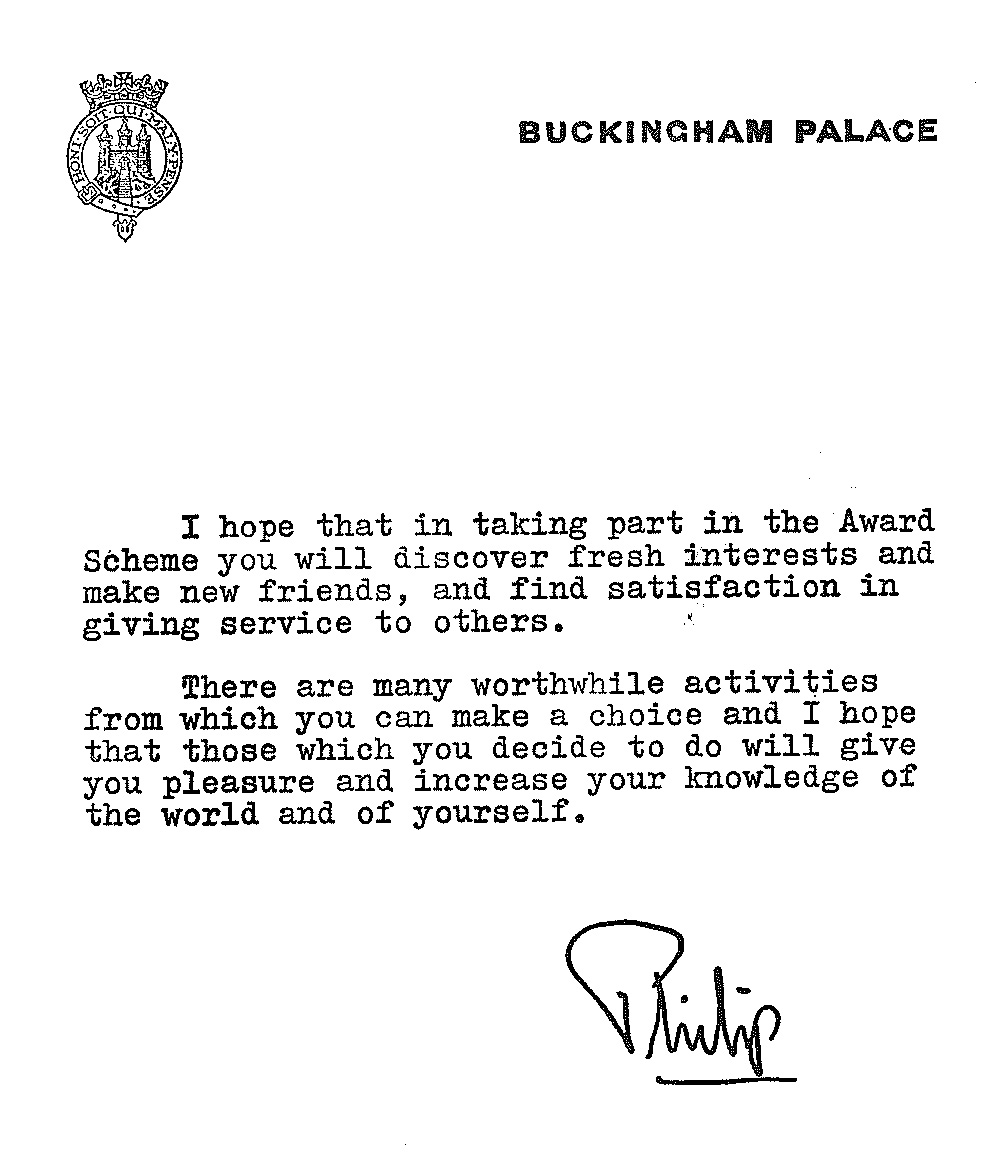
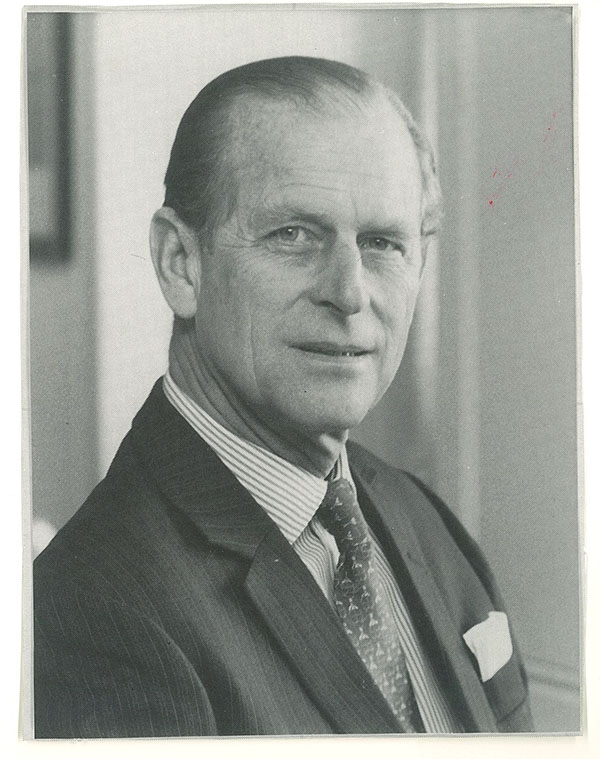
1960 – 1963
1962
25 May 1961
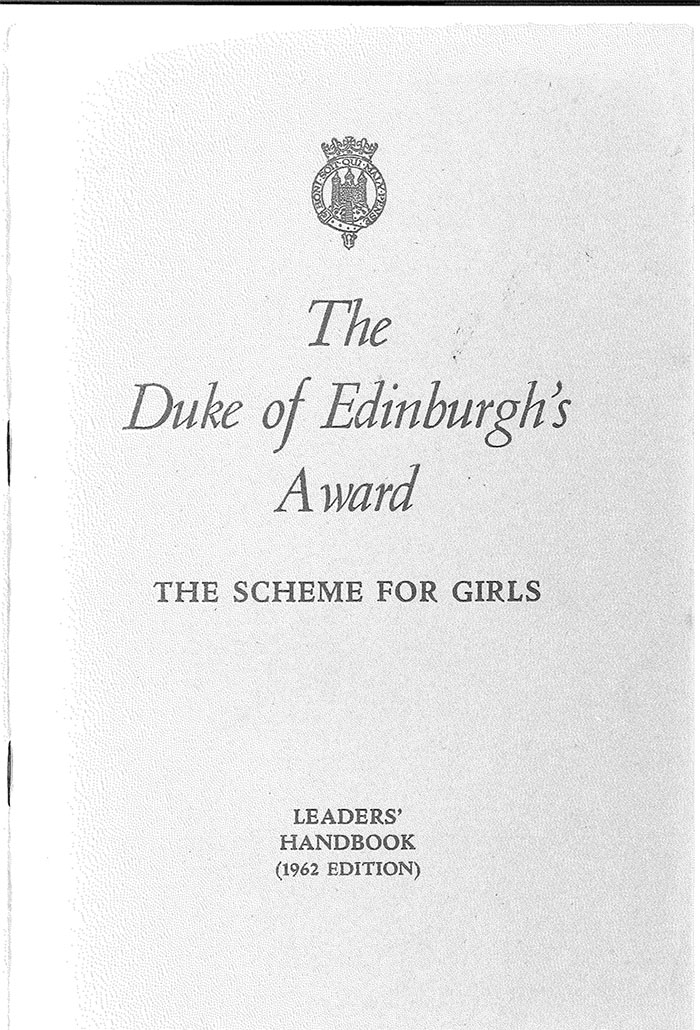
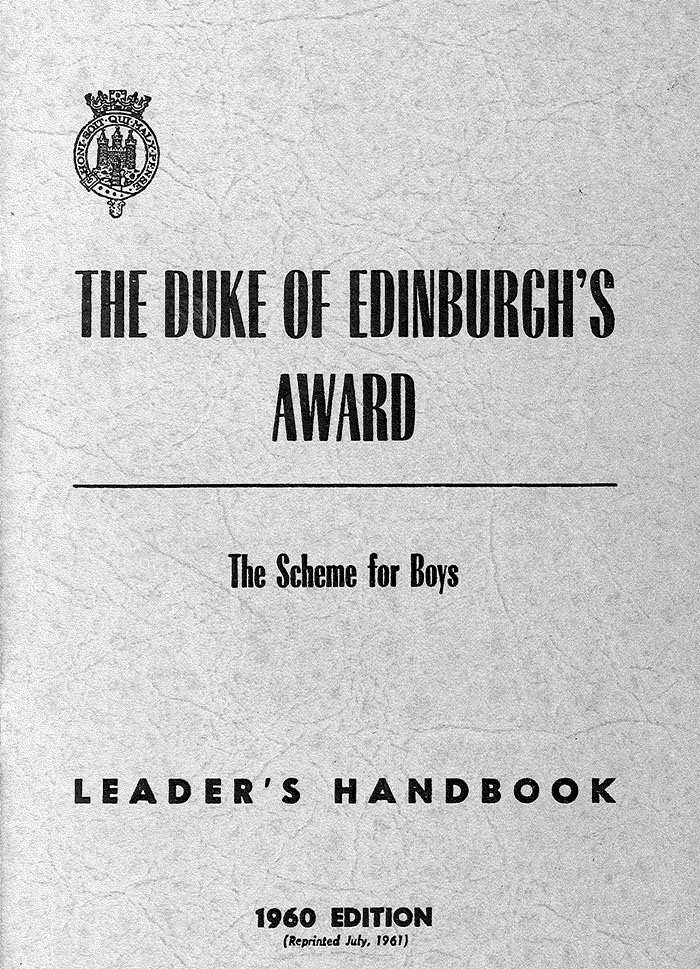
19 July 1963
- The Award in New Zealand is launched and has its first council meeting at Government House, Wellington hosted and chaired by the Governor General Sir Bernard Fergusson with Mr. P. Proctor, C.B.E. as National Co-ordinator.
- The award is for boys 14-19 and girls 14-20.
- The committee for the Girl's Award becomes the Girls' Advisory Sub-Committee of the Duke of Edinburgh's Award in New Zealand.
- Brigadier J.R. Page, C.B.E., D.S.O. appointed first General Secretary.

11 August 1964

1 April 1965
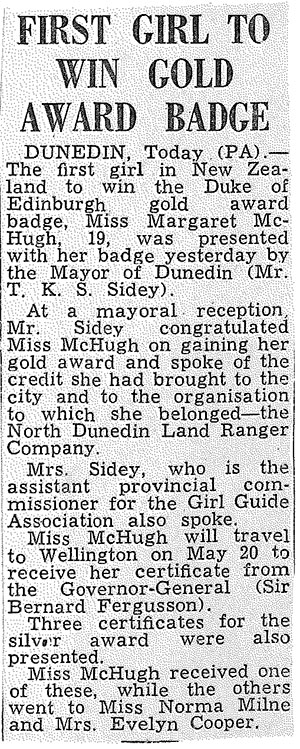
29 May 1965
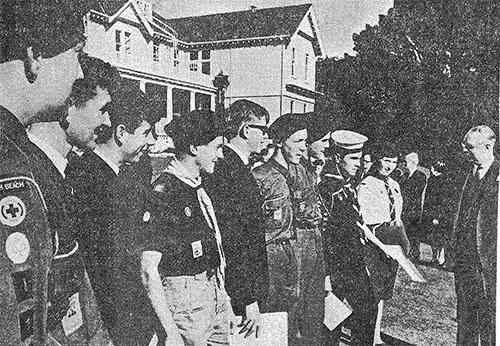
1968
1969
- The age limits for both boys and girls changed to 14-21 years.
- Mr. P.T. Norman appointed National Co-ordinator.
- Brigadier W.R.K. Morrison, D.S.O., O.B.E. appointed General Secretary.
- Royal tour: visit of HRH the Duke of Edinburgh.
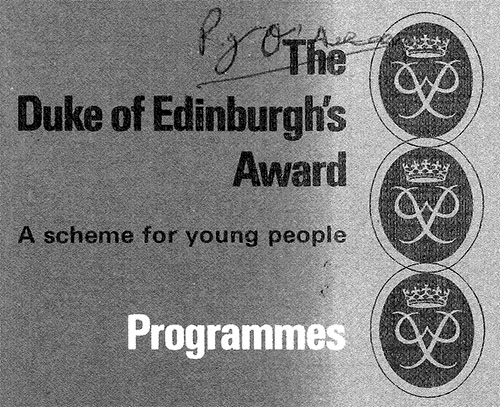
1970
- The Girls’ Advisory Committee became the National Advisory Committee.
- Award link between New Zealand and Fiji, and New Zealand and Western Samoa established.
- Royal tour: visit of HRH the Duke of Edinburgh.
- Prince Philip presented with a greyhound, ‘Royal Commission’; he kindly asked that its winnings should be donated to the Award Scheme.
1971
1972
- Prince Philip’s greyhound, ‘Royal Commission’ brings in $280.
- Royal tour: visit of HRH the Duke of Edinburgh.
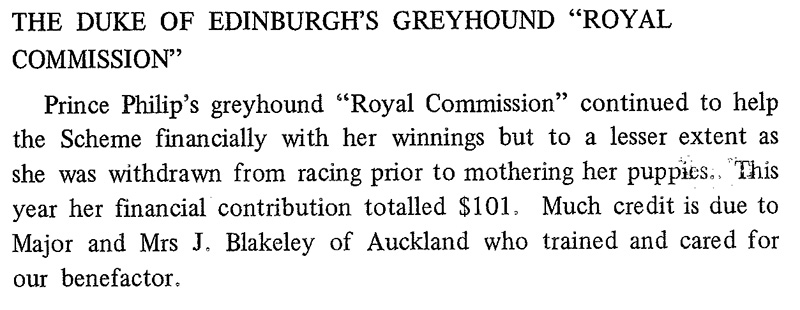
1973
- The upper age of participation in the Award extends to 25.
- Prince Philip’s greyhound, ‘Royal Commission’ is withdrawn from racing to mother her puppies, after bringing in $101.
1975
- Moves made to make the Award conditions equal in demand for young men and women by providing the same choices for both sexes.
- Sir Patrick O’Dea K.C.V.O. appointed National Co-ordinator.
1977
1980

1981
- Royal tour: visit of HRH the Prince of Wales. (April) who presented Gold Awards during the tour
- Royal tour: visit of HRH the Duke of Edinburgh. (October)
1985
1986
- Colonel James Brown, C.V.O. appointed General Secretary.
- Royal tour: visit of HRH the Duke of Edinburgh.
- Royal tour: visit of HRH the Prince Edward.
1988 – Silver Jubilee Year

1989
1990
- NZ hosted the International Gold Award-holders Training course (IGAT) with 70 participants from 13 countries.
- NZ hosted the Award’s first Pacific Regional Conference with delegates from 5 nations.
- Colin Clere appointed as National Co-ordinator and as new Chair.
- Royal tour: visit of HRH the Duke of Edinburgh and HRH the Prince Edward.
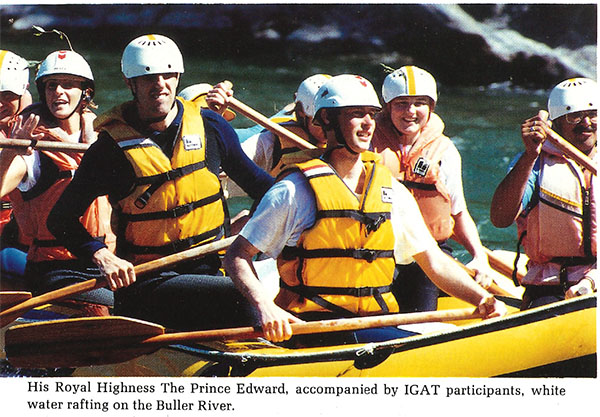
1993 – 30th Anniversary
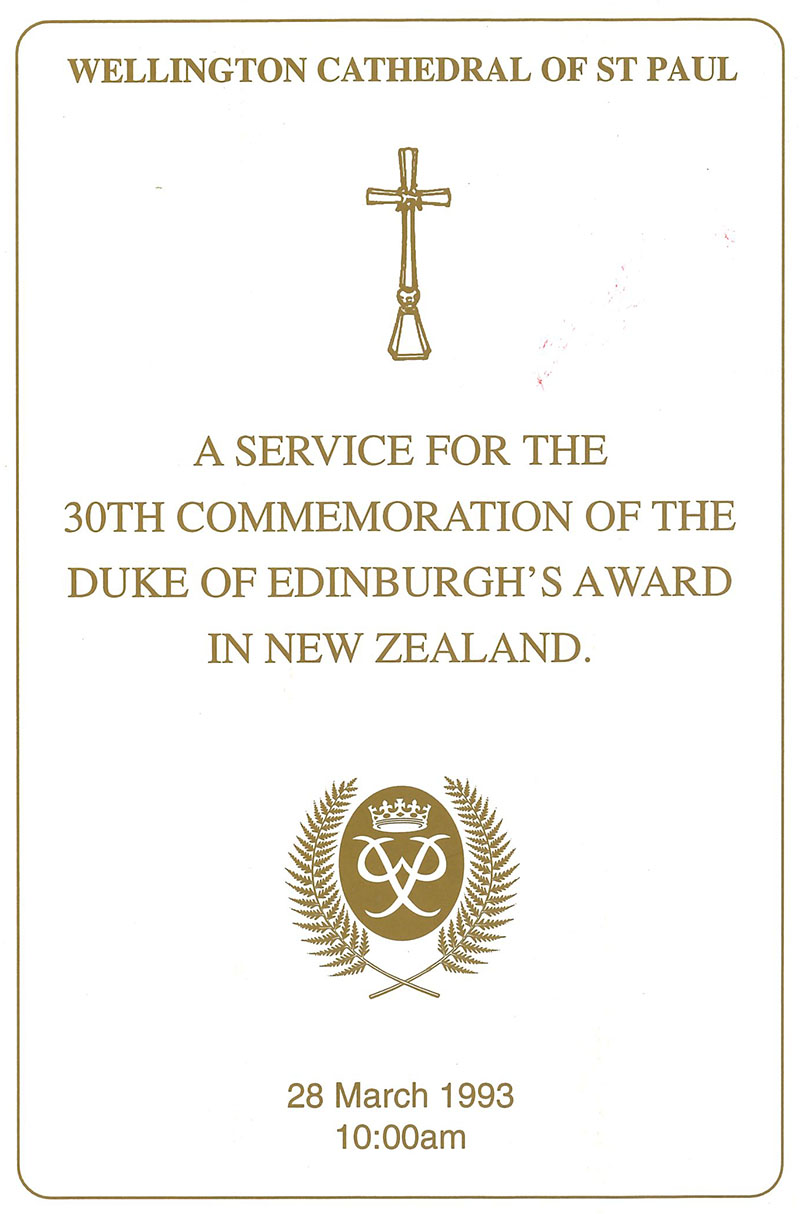

1994
June 1994
- Link into ‘Internet’ first proposed. (Didn’t happen in the end because sponsorship was declined)
- The Global Bird is introduced.


1995
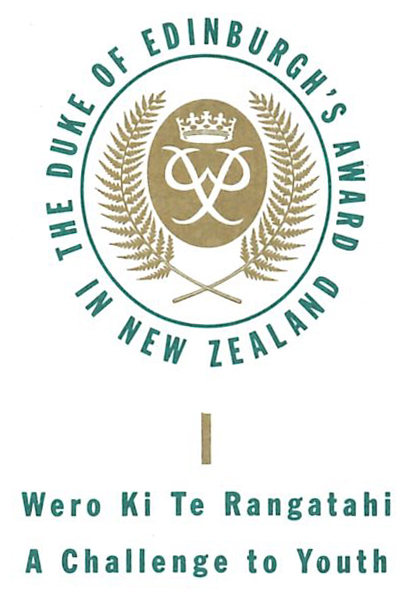
November 1995
August 1996
1997
- Bryan Johnson appointed Chair of the National Council
- International Forum hosted by New Zealand. Delegates from 50 countries come to Wellington.
- Royal tour: visit of HRH the Duke of Edinburgh and HRH the Prince Edward.
27 June 2001
- National Council of The Duke of Edinburgh’s Award in New Zealand dissolved.
- Reconstituted as Board of Trustees.
- Chair – Bryan Johnson
- Dudley Hewitt appointed Executive Director
13 June 2001
22 August 2001
March 2002
2003
- Andrew Meehan Chair of the Board of Trustees
- Guy Ockenden appointed Executive Director
2004
- Kevin Plant appointed Executive Director
- Royal tour: visit of HRH the Prince Edward.
20 August 2009
- Launch of name change to The Duke of Edinburgh’s Hillary Award
- Royal tour: visit of HRH the Prince Edward.
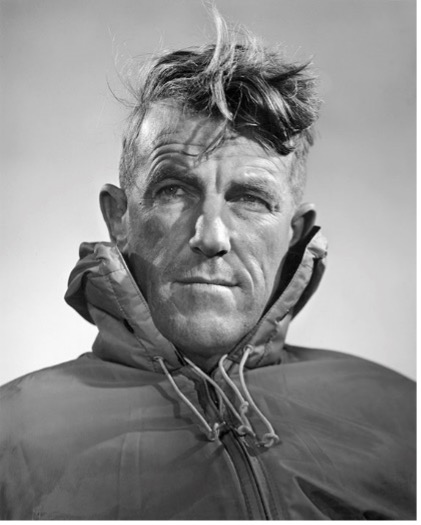
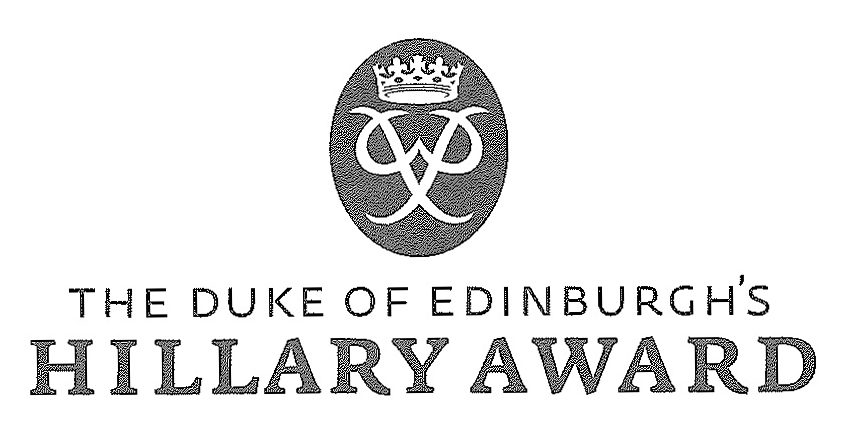
2013
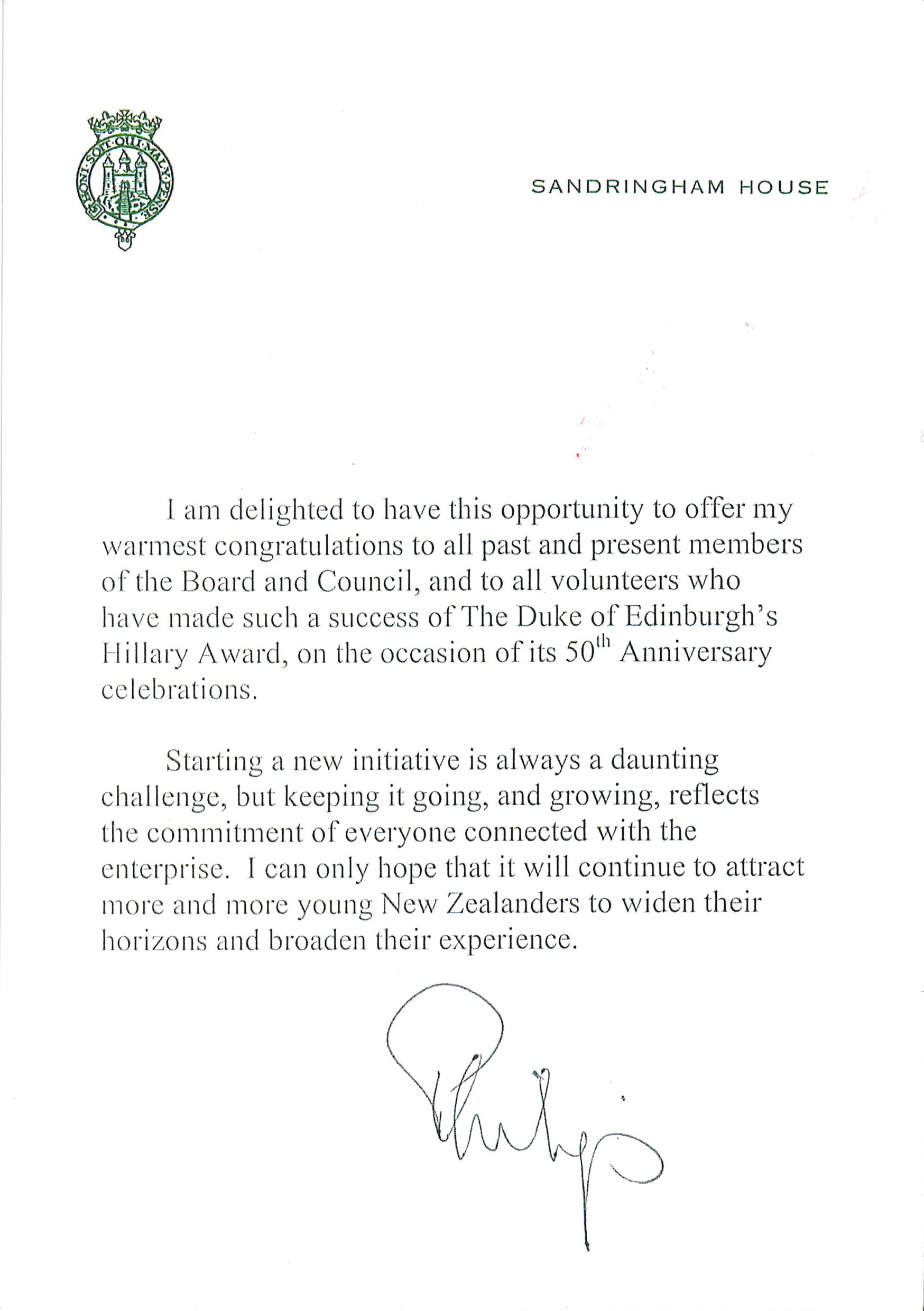
2014
- Online Record Book (ORB) introduced.
- Amanda Lawson from Chilton St James School was the first Gold Award to be approved in the Online record Book, signed off by HRH The Duke of Edinburgh.
- Chris Luoni appointed Chair of the Board of Trustees
2015
2016
17 May 2017

2018
- Online Record Book Version Two launched – all registrations now on line
- Ken Hames appointed Chair
- Major Award digital transformation commenced through Salesforce
2020
- First Social Analysis Impact Research Report, annually subsequently
- Kākāriki Pathway launched to complete Award activity with an emphasis on environment, sustainability or conservation
- All Award completion certificates and badges issued digitally
- All Award leaders certified and accredited digitally
2022
- Te reo Māori translation of the Award name introduced: Te Tohu Aonui a Te Tiuka o Erinipua | Te Paraihe o Hillary Aotearoa.
- He Aratūtahi Pathway launched to complete the Award activity in te ao and /or tikanga
- New website launched
2023
- Emma Brown appointed National Director
- 60th Anniversary celebrations
- Prince Edward named as the new Duke of Edinburgh
